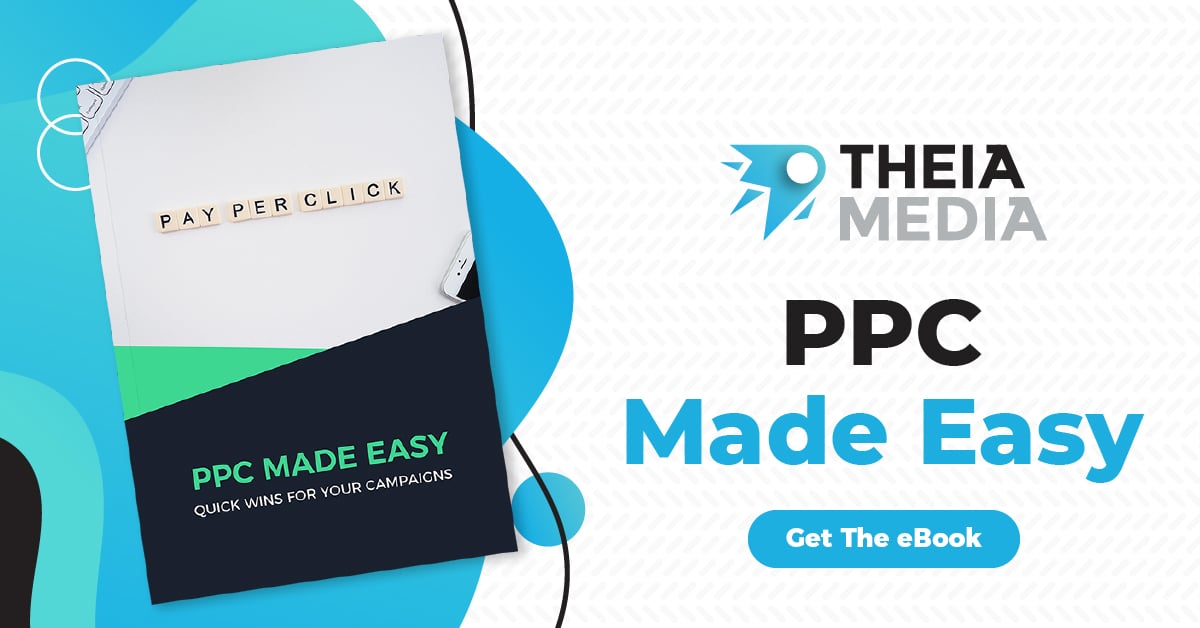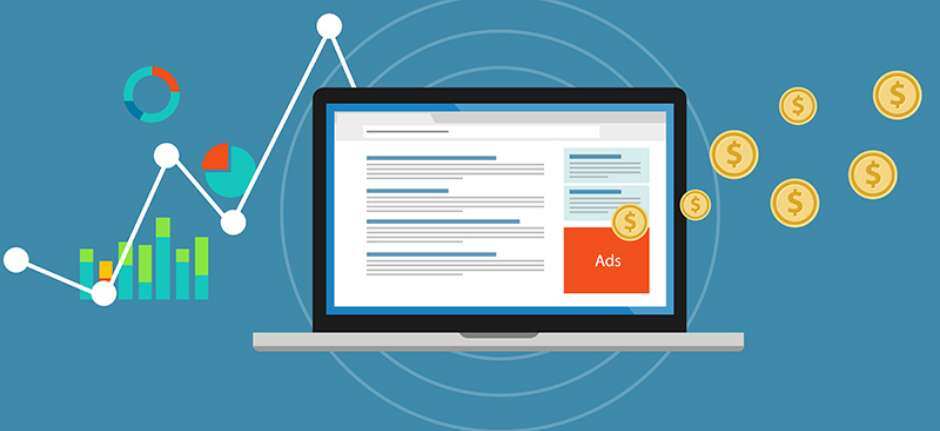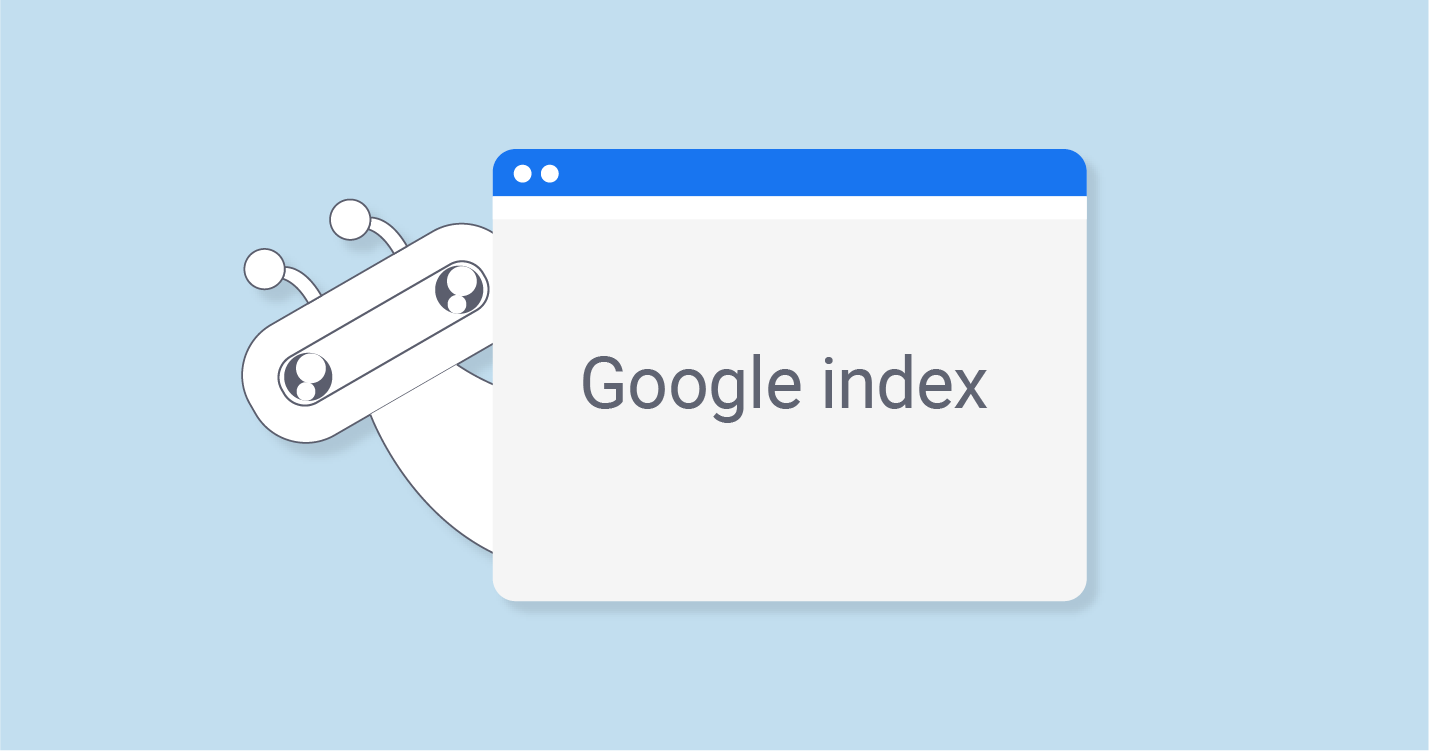6 Of The Most Important PPC KPIs You Need To Track
One of the great things about pay-per-click advertising is that there is so much data involved to help make data informed changes as you go along.
Because there is so much data sometimes you can focus on the wrong metrics and neglect the right ones that will actually improve your campaigns.
While this breakdown will help guide you through different data sets that can help, it’s important to remember that each campaign is different and has different KPIs which may have other focus points than outlined below.
Define Your Campaign Goals
Before you even start creating your campaign for PPC it’s important to carefully consider your goals then determine what your ideal campaign really looks like.
Our list of KPIs follow the most common goals for marketing campaigns but remember that yours can be different based on what the purpose of your campaign actually is.
1. Measuring Sales Lift
PPC campaigns typically will focus on driving more sales in-store, online, or to simply generate leads that will result in a future sale.
If your main goal is to increase overall sales then you will want to track KPIs that will show you whether PPC is actually making that happen.
Measuring Sales Lift for E-commerce
E-commerce is one of the easiest metrics to track since the sale is made online and the purchase data occurs immediately. Make sure you have tracking in place to measure sales and other purchase data since this will be your key KPI.
Measuring Sales Lift for In-Store Purchases
Unlike online sales, in-store purchases are a little tougher to track but there are certainly ways you can track this data:
- Use first-party data to connect in-store transactions back to digital advertising campaigns.
- Offer opportunities for customers to order in advance, or by offering coupons to use when they come into the store.
- If you lack the ability to match transaction data you can measure your store visits metric to estimate the foot traffic driven through your campaigns.
- Track the number of customers who use the location extension to get directions.
Measuring Sales Lift for Lead Generation
Tracking the full customer journey is important for measuring sales lift from lead generation campaigns. While tracking lead volume and average cost per lead is important, there are other important metrics to track as well. Make sure you pay attention to different types of leads since not all are created equal. Start tracking Marketing Qualified Leads, Sales Qualified Leads, and the pipeline all the way through to sales.
By measuring your funnel conversion rate of leads you’ll be able to better understand which channels, targeting options, and campaigns are creating the most valuable leads or conversions.
Measuring Sales Lift through Marketing Mix Modeling
Marketing Mix Modeling may work for you if you don't have a clear understanding of the process from clicks to sales. Using this method you can monitor trends by comparing performance to your baseline performance after specific marketing efforts have been made.
2. Revenue
Increasing sales is always a longer-term goal since it leads to increases in revenue. Ecommerce companies can easily track this metric through purchase tracking. If you have gaps between online sales and offline sales you can still measure that data but you’ll have to track things such as estimated sales data and average order value.
3. Return on Ad Spend (ROAS)
Your Return on Ad Spend is calculated by dividing revenue by the cost of your ads.
Use this metric to accurately gauge whether your ads are actually creating value especially before scaling your campaign.
4. Profit & Return on Investment (ROI)
Return on Investment metrics go deeper than ROAS because it takes into account other cost factors other than just ad spend.
Use this metric to determine the lifetime value of customers which you can use in the future on other campaigns.
5. Higher Funnel Engagement & Audience Performance
Not all ad campaigns have the same goals, instead of focusing on sales you may be focused on general awareness and engagement.
While measuring sales data in this case may still be important it can be difficult to measure in campaigns like these. Here are a few other engagement metrics that you can use:
Brand Lift Data
You can run Brand Lift studies on social media channels by monitoring overall campaign impact compared to a control group of people who didn’t see your ads.
Monitoring Branded Search
An easy way to monitor the overall impact of your brand awareness campaign is through branded search volume trends. If your awareness campaign is actually working, branded search volume should increase.
View-Through & Assisted Conversions
Keep an eye on the long-term impact of Top of Funnel campaigns by monitoring view-through conversions and assisted conversions.
Micro-Conversion Completions
Start by defining micro-conversions based upon the goal of your campaign – an example is measuring the way prospects engage with resources on your website.
- How many video views did your landing page receive?
- How many people downloaded an ebook or spec sheet?
- How many people subscribed to the newsletter?
These actions can indicate that prospects are interested enough in your business and are making an effort to learn more.
Audience Engagement
After you have built an audience from higher funnel engagement you can track that audience by using Google Analytics audience reports.
By using GA you can track users to see if they return to your website and complete a micro-conversion as well as if they are showing long term purchaser behavior.
6. Campaign Health Metrics
Campaign Health Metrics will show you where there is room to improve, there are many different metrics that will show you this data but here are some of the most helpful:
Click-Through Rate
Use Click-Through Rate metrics to determine if your ads are relevant to the people seeing them. If you have a low CTR then your ads likely need to be improved or you need to consider changing the targeted audience to meet your goals.
Impression Share
Impression share is helpful to use as a gauge for how much more scale that you could get out of your existing campaigns, if you bid more aggressively or if you could come up with more budget.
On-Site Engagement
How well is your target audience engaging with your message? On-Site Engagement tracks things like bounce rate, average number of pages visited, and average session duration. This KPI will help you understand how well your message is resonating with potential customers.
Conversion Rate
The Conversion Rate metric should be on the top of the list when thinking of KPIs to track. You’ll use this to determine if your landing page is relevant and optimized for the most conversions possible.
If your CR is low then you’ll want to dive in to reconfigure things such as messaging and general audience targeting. This metric is great for quickly making changes that can have a big impact on overall performance.
Impression Share
Should you bid more aggressively or add to your budget? Using Impression share metrics can help you gauge how much more scale you can get out of your campaigns.
On-Site Engagement
High on-site engagement is a great indication that your targeted audience is interested in your service/product.
Take note of metrics such as bounce rate, average number of pages visited, and average session duration. These will help you understand if your content is interesting and relevant to what prospects are looking for.












